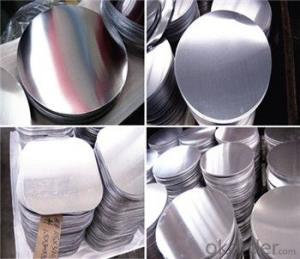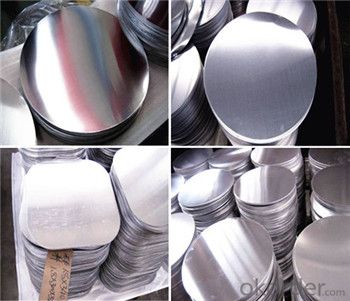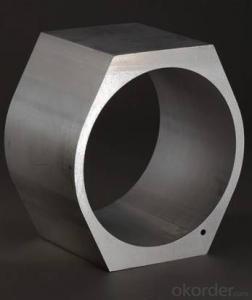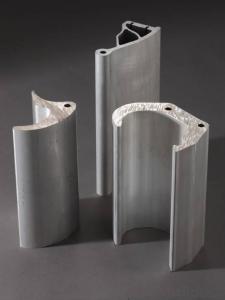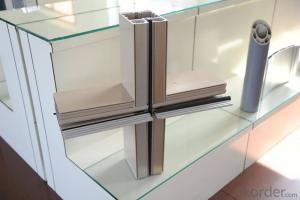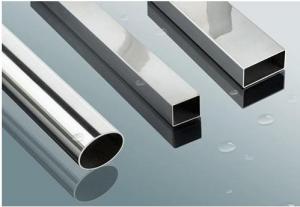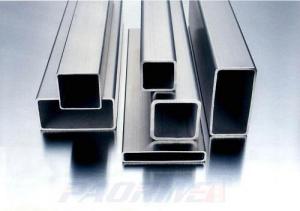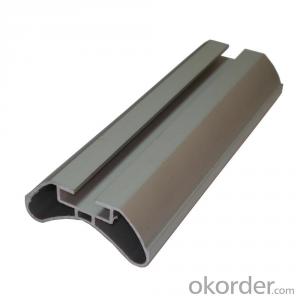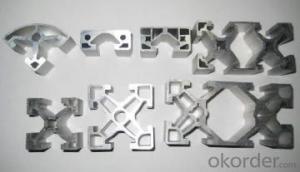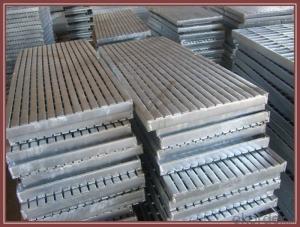T Slot Aluminum Extrusion Profiles - High Quality Aluminium Circle Sheet with a Good Price
- Loading Port:
- Qingdao
- Payment Terms:
- TT OR LC
- Min Order Qty:
- 10000 kg
- Supply Capability:
- 100000 kg/month
OKorder Service Pledge
OKorder Financial Service
You Might Also Like
Specification
Aluminium Circle Sheet
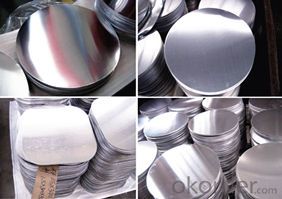
Aluminium circle sheet introduction
Our company to introduce advanced aluminium circle sheet production equipment, effectively improve production efficiency and material utilization, shorten the delivery cycle. Our company strengthened the control of the grain size and elongation of the coil, Respectively cold rolled and hot rolled aluminium circle sheet was launched,and cover 1, 3, 5, 8 series alloys. Complete product range, thickness 0.7-6.0 mm, diameter 100-1200 mm, tolerance in line with national standard requirements.
Aluminium circle Picture
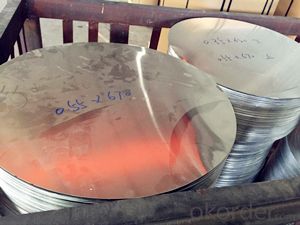
Aluminium circle sheet Features
1.Aluminium circle sheet specifications complete,conventional size outside,can provide the most thin 0.5 mm, the most thick 6.5 mm aluminium circle sheet;
2.Aluminium circle sheet surface performance is good, to ensure no obvious scratches, oil, oxidation, dark spots and so on;
3.Aluminium circle sheet thickness> 1.0 mm, to ensure that the finished side of the neat no burrs;
4.The good control of grain size and elongation in early stage,to ensure that the aluminium circle sheet of the deep drawing and spinning performance, effectively avoid the late processing may occur when the drawing, lotus leaf, the ear rate of high bad phenomenon;
5.Strictly control the coil of the alloy, the state, performance, to ensure the accuracy and diversity of aluminium circle sheet provided;
6.The introduction of advanced and efficient production equipment, improve the production efficiency of aluminium circle sheet and the utilization rate of material and shorten the production cycle, provide real-time and convenient service for the customer;
7.Aluminium circle sheet detailed classification, according to different purposes and requirements, customers can choose accurate category;
8.Products comply with RoHS and REACH the environmental protection standard;
9.Product packaging firm, in line with domestic sales and international export standards.
Introduction of our company
Our company is a professional Aluminium Strip manufacturer and Aluminum Circles manufacturers,mainly supply Aluminium Coil,Aluminum Circles,Aluminium discs,Aluminum Sheet,Aluminum Strip, Household Aluminum Foil,Aluminum Foil for Pharmaceutical Packaging,Aluminum Foil Tape,Aluminum Foil for Air Conditioner,Aluminum Foil for Container etc. series of aluminum products, sincerely welcome everyone to visit.
- Q: What are the different machining techniques used on aluminum profiles?
- Some of the different machining techniques used on aluminum profiles include milling, drilling, turning, grinding, and tapping. These processes help shape and refine the aluminum profiles to meet specific design requirements and achieve desired dimensions and surface finishes.
- Q: How do aluminum profiles contribute to LEED certification?
- Aluminum profiles can contribute to LEED (Leadership in Energy and Environmental Design) certification in several ways. Firstly, aluminum is a highly sustainable material. It is one of the most abundant elements on Earth and can be easily recycled without losing its quality. Using aluminum profiles in construction projects reduces the demand for new raw materials, conserves energy, and minimizes greenhouse gas emissions. This aligns with LEED's focus on reducing the environmental impact of buildings. Additionally, aluminum profiles are lightweight yet durable, allowing for efficient transportation and installation. This can contribute to LEED points in the category of Sustainable Sites, which encourages the use of materials and techniques that minimize impacts on ecosystems and reduce pollution during construction. Furthermore, aluminum profiles can be used to improve energy efficiency in buildings. By incorporating thermal breaks and insulation, aluminum profiles can help prevent heat transfer and reduce energy consumption for heating or cooling. This can contribute to LEED points in the Energy and Atmosphere category, which promotes the use of energy-efficient systems and materials. Moreover, aluminum profiles are resistant to corrosion and require minimal maintenance over their lifespan. This durability can contribute to LEED points in the Materials and Resources category, which encourages the use of long-lasting, low-maintenance materials that minimize waste and the need for replacement. In conclusion, aluminum profiles contribute to LEED certification by promoting sustainability, reducing environmental impacts, improving energy efficiency, and enhancing the durability of buildings. By considering the use of aluminum profiles in construction projects, designers and builders can achieve LEED credits and contribute to a more sustainable future.
- Q: Can aluminum profiles be used for outdoor applications?
- Outdoor applications can indeed utilize aluminum profiles. Aluminum, known for its versatility and durability, is resistant to corrosion, making it a suitable material for outdoor environments. Its exceptional weather resistance allows it to endure exposure to sunlight, rain, and temperature fluctuations without degradation. In various fields like construction, architecture, transportation, and outdoor furniture, aluminum profiles are frequently employed due to their strength, stability, and longevity, making them a favored option for outdoor projects. Moreover, protective coatings or anodizing can be applied to aluminum profiles to enhance their resistance to the elements commonly found outdoors.
- Q: How strong are aluminum profiles?
- Known for their strength and durability, aluminum profiles are highly regarded in various applications. With a high strength-to-weight ratio, they prove to be excellent choices. The strength of aluminum profiles may vary based on factors like the alloy used, tempering process, and profile design. Typically, they can withstand substantial loads and pressures, making them suitable for a wide array of structural and industrial purposes. Moreover, their exceptional resistance to corrosion further bolsters their strength and longevity. All in all, aluminum profiles are widely recognized as robust and dependable materials, delivering outstanding performance across different applications.
- Q: This question asks if it is possible to recycle aluminum profiles in a simple and effective manner.
- <p>Yes, aluminum profiles can be recycled easily and efficiently. Aluminum is one of the most recycled materials in the world due to its non-toxic nature and the energy efficiency of the recycling process. Recycling aluminum requires only 5% of the energy needed to produce new aluminum from raw materials. Additionally, aluminum can be recycled indefinitely without losing its properties, making it a highly sustainable material. The recycling process involves melting the aluminum, which is a relatively simple and cost-effective procedure compared to many other materials. This makes aluminum an ideal material for sustainable manufacturing and waste reduction strategies.</p>
- Q: What are the thermal properties of aluminum profiles?
- Aluminum profiles have excellent thermal properties. They have high thermal conductivity, allowing heat to be transferred quickly and efficiently. They also have a low coefficient of thermal expansion, meaning they can withstand temperature changes without significant distortion or damage. Additionally, aluminum profiles have good heat dissipation capabilities, making them suitable for applications requiring heat management, such as in electronic devices or heat sinks.
- Q: The question asks if aluminum profiles can be tailored to fit particular specifications or needs.
- <p>Yes, aluminum profiles can be customized to meet specific requirements. This customization can include altering the length, shape, thickness, and surface treatment of the profiles to fit the needs of various applications. Manufacturers often offer a range of standard sizes and finishes, but they can also create bespoke profiles through processes like extrusion, cutting, and bending. Customization allows for the creation of precise fits and functional designs tailored to individual projects, enhancing both aesthetics and performance.</p>
- Q: Are aluminum profiles suitable for use in flooring systems?
- <p>Yes, aluminum profiles can be used for flooring systems. They are known for their strength, durability, and resistance to corrosion, making them ideal for various flooring applications. Aluminum profiles can be used to create modular flooring systems, providing a lightweight and easy-to-install solution. They can also be used in conjunction with other materials to create hybrid flooring systems, offering a combination of benefits such as thermal insulation, acoustic performance, and structural integrity.</p>
- Q: This question asks about potential health hazards related to the use of aluminum profiles in construction.
- <p>There are minimal health risks associated with using aluminum profiles in building construction. Aluminum is a non-toxic metal and does not emit harmful substances. However, during the manufacturing process, if not properly controlled, there might be concerns related to dust and fumes. Additionally, aluminum can react with other materials, potentially causing corrosion or weakening the structure. It's important to ensure that aluminum profiles are used in accordance with safety standards and guidelines to mitigate any potential risks.</p>
- Q: What are the weight capacities of aluminum profiles for shelving systems?
- The weight capacities of aluminum profiles for shelving systems can differ based on a variety of factors, including the profiles' dimensions, the shelving system's design, and the quality of the aluminum used. In general, aluminum profiles used for shelving systems can handle a substantial amount of weight. Nevertheless, it is important to acknowledge that the weight capacity of a shelving system also relies on other components like brackets, connectors, and the type of shelving material (e.g., wood, glass, or metal shelves) used. To obtain accurate weight capacity information, it is advisable to consult the manufacturer or supplier of the specific aluminum profile and shelving system. They can offer guidelines derived from their product specifications, engineering calculations, and testing. Additionally, proper installation, weight distribution, and regular maintenance are also vital factors in ensuring the overall strength and stability of a shelving system.
Send your message to us
T Slot Aluminum Extrusion Profiles - High Quality Aluminium Circle Sheet with a Good Price
- Loading Port:
- Qingdao
- Payment Terms:
- TT OR LC
- Min Order Qty:
- 10000 kg
- Supply Capability:
- 100000 kg/month
OKorder Service Pledge
OKorder Financial Service
Similar products
Hot products
Hot Searches
Related keywords
